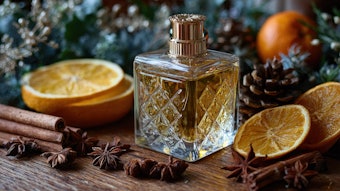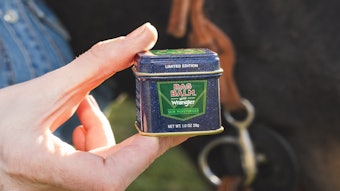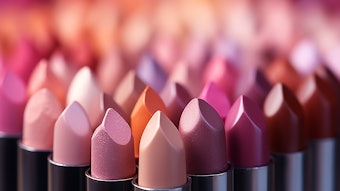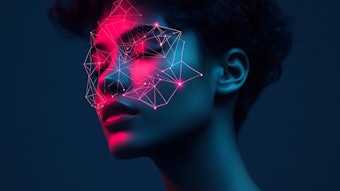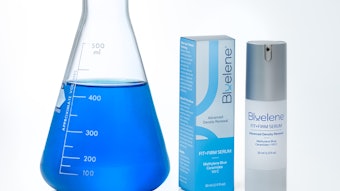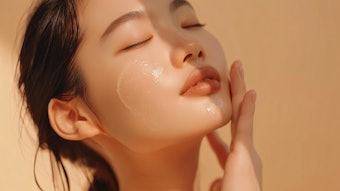- Today’s skin care consumers are seeking products that exemplify different paths—multifunctional products, such as BB creams, and tailored products that are customized for specific skin problems.
- Multifunctional products are prized for their value and convenience, and are becoming increasingly popular in beauty brands.
- Tailored products target specific skin issues, imparting the idea that it can focus all its efforts and ingredients on solving that one problem, hopefully affecting a more immediate and impactful outcome.
- As long as skin care remains a strong trend, both types of products will likely maintain a presence in consumers’ skin care regimens.
There are two seemingly divergent trends happening in the skin care market lately. On the one hand, there is great consumer demand for specialized targeted products, and on the other, consumers are looking for shortcuts with multifunctional products that also save money.
Multifunctional products are not a new trend, with examples dating back to products such as the 2-in-1 shampoos and conditioners. Today, however, multifunctionality is present across most categories, but most prominently in oral care, hair care, skin care, color cosmetics and sun care. Taking the example of hair care, the category has evolved to include a number of offerings with many additional properties beyond basic function and care, such as treatment, moisturization, SPF and repair.
Nicole Tyrimou, industry analyst, Euromonitor International, explains what is driving the trend. “There is a desire to cut down on the multiple steps and products, to save time as part of increasingly ingrained on-the-go lifestyles, as well as get better value for money, which in turn is driving multifunctional launches,” she comments.
[Euromonitor will present this and similar industry trends at the trends presentations at the in-cosmetics 2013 event in Paris, taking place April 16–18, 2013.]
Tyrimou also maintains that although the trend is seen in both prestige and mass brands, it is more dominant in mass. “Mass brands by default want to promote their value for [the] money, as well as convenience—two factors well-supported by multifunctional products,” she points out. “Multifunctional products are increasingly moving into the mainstream, but consumers still need further education and persuasion in terms of why they should choose those products over others, as well as what added value and benefits they are getting.”
BB Creams
BB creams are the newest and probably the most successful development in the area of multifunctional beauty products. It is hard to believe just how new the category is, at least in Western markets, given the number of skin care brands that now include a BB cream within their lineups. The appeal of a single skin care product combining multiple features has its origins in South Korea, gaining popularity there before spreading to the rest of Southeast Asia and then west to Europe and the U.S.
The original BB creams stood for “blemish balm” creams and typically featured ingredients to treat pigmentation spots in a formulation that provided natural coverage. It wasn’t long before leading brands—including Estée Lauder, Clinique, Lancôme, Garnier and Dior—launched their own versions. Each brand wants to differentiate its BB cream product by interpreting BB in a number of ways, calling them “Beauty Balms,” “Beauty Benefit Crèmes” and even Clarins' “Beauty Flash Balm” to denote instant radiance.
Euromonitor’s head of beauty and personal care Irina Barbalova believes the success of BB creams can, to a large extent, be attributed to the wide publicity, marketing and media hype they've received. “They are fashionable, and many consumers are drawn to their novelty and are willing to experiment,” she notes. “The fact they are a trend that originated in Asia is not to be ignored either. Much like in the fashion industry, exotic influences from the East are easily aspired to in beauty.”
However, Barbalova warns that BB creams have taken multifunctionality to the extreme and are somewhat blurring the individual and specialized benefits they incorporate. “They could potentially cause a threat to other lines within a brand and create further confusion among consumers as to their exact purpose and added value they are offering,” she says.
A Targeted Approach
Another trend the industry is seeing is beauty shelves heaving with every kind of product for individual skin problems and concerns—including some concerns consumers may not have even thought about until a product launches touting its “must-have” features.
Canadian brand Indeed Laboratories touts a range of skin care solutions geared to addressing specific consumer concerns, and its brand promise ties in with the growing demand for specific skin care treatments. The company looks at innovations being made in science, as well as what consumers are saying they need and what gaps currently exist in the skin care category, to come up with new formulations and products.
“Targeted skin care products can be easily incorporated into a person’s already-established regimen,” explains Dia Foley, Indeed Laboratories' vice president, sales and marketing. “If you have favorite products but find they are not working as they used to, or you have a skin concern that is not being met, adding an individual treatment product means not having to give up what you currently use.”
Indeed Laboratories’ aim is provide highly effective science behind the products, yet still be simple, straightforward and at an affordable price point for the consumer. The brand's hero product is Nanoblur, which claims instant skin smoothing and correction, and nanotechnology is used in the creation of Nanoblur. “The particle sizes are small enough to create an invisible shield, but are not large enough to penetrate the skin or fall under technology concerns. In fact, if Nanoblur did penetrate the skin, it would not create the blurred look created on the surface,” points out Foley.
Part of the appeal of the products are the claims on the front of the pack. Nanoblur's packaging states, “Look up to 10 years younger in 40 seconds,” while the brand's Snoxin product claims to be “4x better than $500+ serums.” Foley provides further explanation on these products' claims, saying, “The highest allowable concentration of the most effective anti-aging peptides come together in Snoxin to combat all aspects of skin aging appearance, including the look of dynamic wrinkles, deeper folds, fine lines, crow’s feet, textural irregularities and sagginess.”
Many established skin care brands also offer targeted products in addition to the traditional cleanse-tone-moisturize regimen products. Serums can be part of a targeted approach, providing consumers with additional options to tackle specific issues ranging from deep-set wrinkles to aiding with skin brightening and radiance. L’Oreal Paris Dermo-Expertise Youth Code Luminize claims to unify irregular skin tone and reawaken a more even, luminous complexion, while Olay Regenerist Daily Regeneration Serum is designed to be used before a regular moisturizer. The amino-peptide complex in the Olay product claims to produce noticeably firmer, visibly lifted and younger-looking skin.
Multifunctional and Targeted
Targeted treatments are meant to provide higher efficacy and faster results than multifunctional products, but it is likely that both sit comfortably side by side on many women’s vanities and bathroom counters, and both will likely continue to see popularity as the focus on quality skin care remains a strong trend.
Euromonitor will present this and similar industry trends at the trends presentations at the in-cosmetics 2013 event in Paris, taking place April 16–18, 2013. Further information on this event is available at www.in-cosmetics.com.
Imogen Matthews is a consultant to in-cosmetics. For more information, visit www.imogenmatthews.co.uk.
